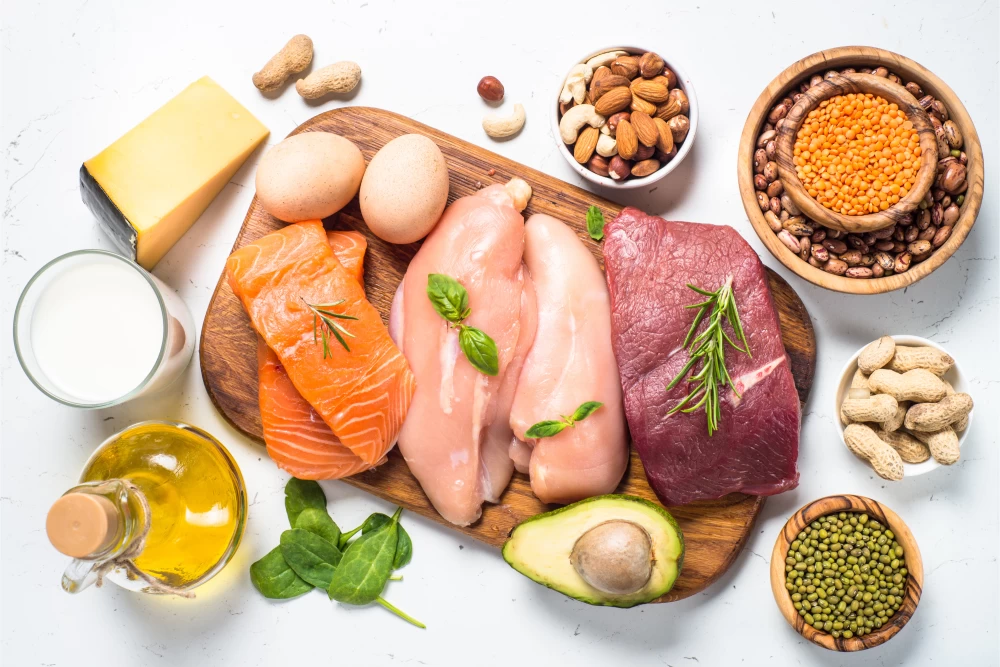
- 10th March 2025
Table of Contents
- Why is Visceral Fat Harmful?
- Top Dietitian-Recommended Protein Sources for Reducing Visceral Fat
- 1. Lentils & Legumes (Dal, Rajma, Chana, Moong, Masoor, etc.)
- 2. Paneer & Tofu
- 3. Greek Yogurt (Hung Curd)
- 4. Eggs
- 5. Fish & Chicken
- 6. Nuts & Seeds (Almonds, Walnuts, Flaxseeds, Chia, Pumpkin Seeds)
- 7. Sattu (Roasted Gram Flour)
- 8. Sprouts & Fermented Foods (Idli, Dosa, Dhokla, Kimchi, Sauerkraut)
- 9. Millets (Ragi, Bajra, Jowar, Quinoa)
- 10. Whey Protein
- How to Incorporate These Proteins into Your Daily Diet?
- 1. Protein-Rich Meal Ideas for Breakfast, Lunch, and Dinner
- 2. Simple Swaps: Replace High-Carb Foods with Protein-Rich Alternatives
- 3. Best Cooking Methods for Fat Loss
- Additional Tips to Reduce Visceral Fat
When people think of body fat, they often picture belly fat that can be pinched. However, a more dangerous type of fat hides deep inside the abdomen—visceral fat. This fat wraps around vital organs like the liver, pancreas, and intestines, increasing the risk of serious health problems. Unlike subcutaneous fat (the fat under the skin), visceral fat is metabolically active, meaning it releases harmful chemicals and hormones that contribute to chronic diseases.
Why is Visceral Fat Harmful?
Excess visceral fat can lead to:
- Insulin resistance, a key factor in type 2 diabetes.
- High cholesterol and triglycerides, increasing the risk of heart disease.
- Chronic inflammation, which contributes to conditions like fatty liver disease and metabolic syndrome.
- High blood pressure, putting strain on the heart and blood vessels.
In India, where diabetes and heart disease are rising due to high-carb diets, sedentary lifestyles, and poor protein intake, tackling visceral fat is crucial for long-term health.
The Role of Protein in Reducing Visceral Fat
One of the most effective ways to target visceral fat is increasing protein intake. Protein plays a key role in:
- Boosting metabolism – Helps burn more calories throughout the day.
- Reducing appetite – Keeps you full for longer, preventing overeating.
- Maintaining muscle mass – Prevents muscle loss while reducing fat.
- Stabilizing blood sugar levels – Prevents insulin spikes that promote fat storage.
However, many Indians do not consume enough protein, as traditional diets are often high in rice, wheat, and starchy vegetables but low in high-quality protein sources.
This blog will introduce dietitian-recommended protein sources that are affordable, accessible, and suitable for the Indian diet. Whether you are vegetarian or non-vegetarian, you’ll find healthy, practical options to reduce visceral fat and improve overall health.
Top Dietitian-Recommended Protein Sources for Reducing Visceral Fat
Incorporating high-protein foods into your diet is a scientifically proven way to reduce visceral fat, as it boosts metabolism, controls appetite, and preserves muscle mass. Here are the best protein sources that dietitians recommend, specifically suited for the Indian diet:
1. Lentils & Legumes (Dal, Rajma, Chana, Moong, Masoor, etc.)
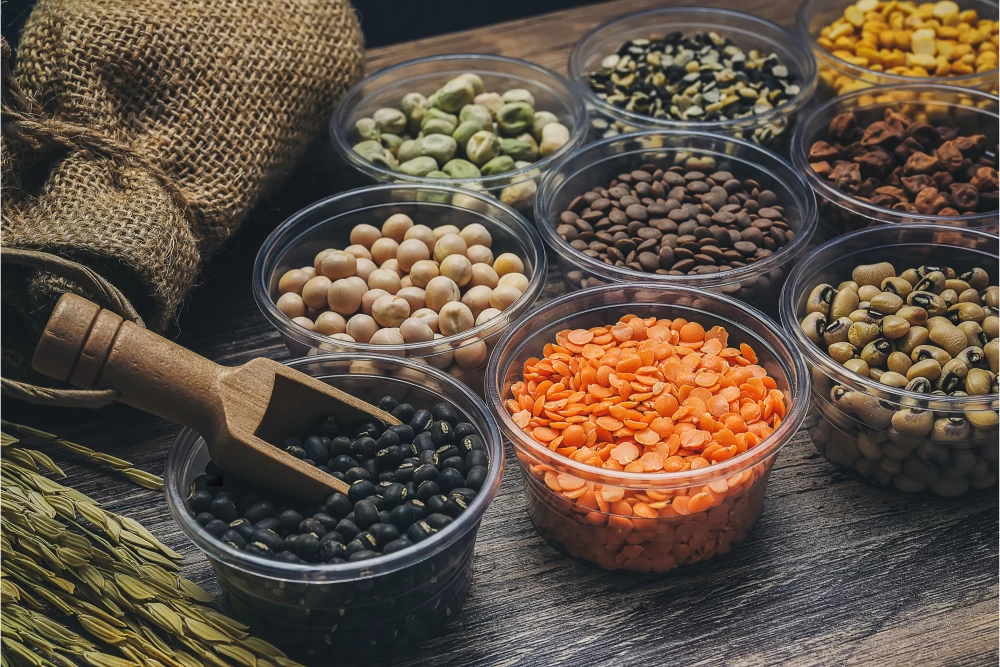
Why they help?
Lentils and legumes are an excellent plant-based protein source that also provide fiber, which promotes satiety and prevents overeating. They have a low glycemic index, meaning they help stabilize blood sugar levels—a key factor in controlling visceral fat.
How to include them?
- Sprouts: A power-packed snack that boosts digestion and provides essential amino acids.
- Dal-based soups: Light yet filling, they keep hunger at bay.
- Salads: Combine with onions, tomatoes, and lemon for a refreshing protein boost.
- Chilla: A protein-rich pancake made with moong dal or besan.
- Khichdi: A balanced one-pot meal with dal and millets or rice.
2. Paneer & Tofu
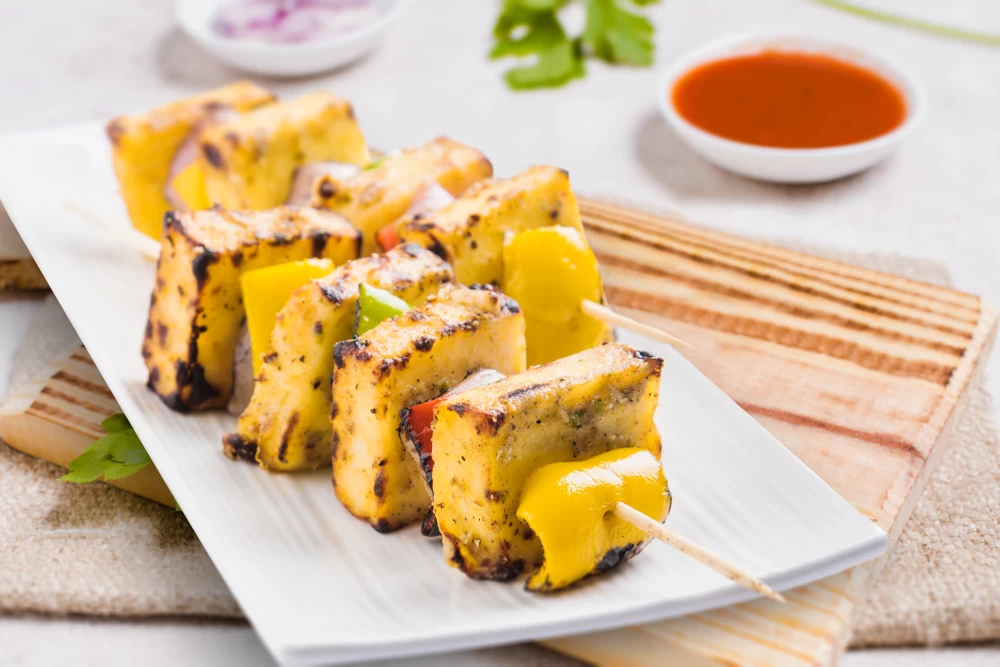
Why they help?
Paneer (cottage cheese) is high in casein protein, which digests slowly, keeping you full for longer. It also contains healthy fats and calcium, which support metabolism. Tofu, a soy-based alternative, is equally rich in protein but lower in fat, making it a great option for those looking to cut calories.
Best ways to consume?
- Paneer Bhurji: A quick, protein-rich scramble with onions and spices.
- Grilled Paneer/Tofu Tikkas: A flavorful, high-protein snack.
- Stir-fries: Toss with bell peppers and spices for a nutritious dish.
- Parathas: Stuff paneer or tofu into whole wheat parathas for a high-protein meal.
- Salads: Add paneer cubes or crumbled tofu to a vegetable salad.
3. Greek Yogurt (Hung Curd)
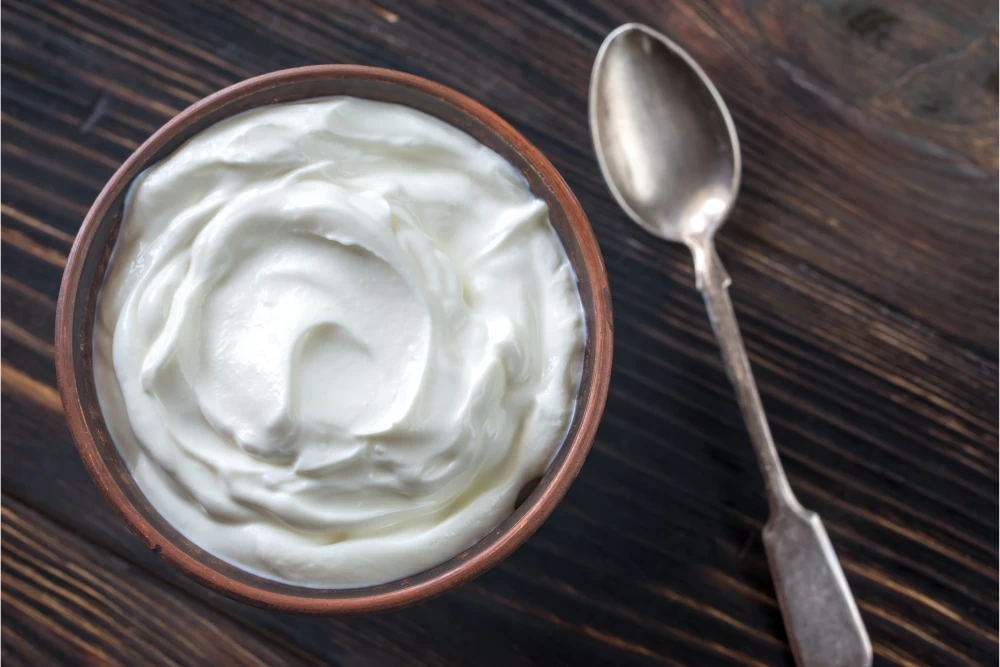
Why it helps?
Greek yogurt is higher in protein than regular curd and is packed with probiotics, which promote gut health. A healthy gut helps regulate metabolism and reduces inflammation, a key contributor to visceral fat accumulation.
How to eat it?
- Smoothies: Blend with fruits, nuts, and seeds for a filling meal.
- Raita: A side dish that cools the stomach and aids digestion.
- Dips: Mix with garlic and herbs for a protein-packed dip.
- Flavored yogurt bowls: Add honey, fruits, and nuts for a healthy snack.
4. Eggs
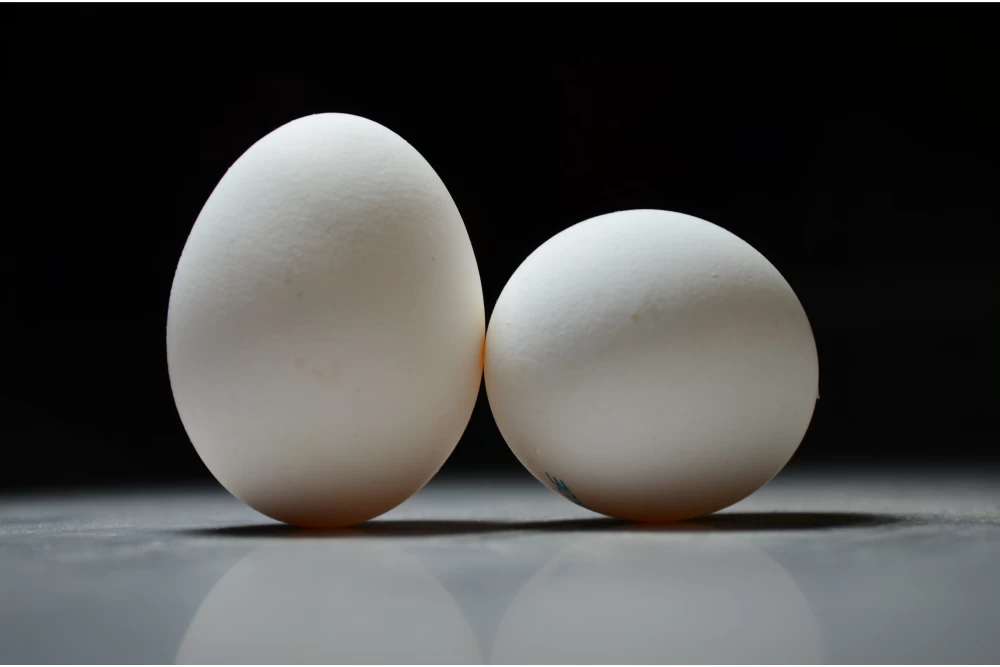
Why they help?
Eggs are a complete protein source, meaning they contain all essential amino acids needed for muscle retention and fat loss. They are also rich in choline, which helps break down stored fat, particularly around the abdomen.
Best ways to consume?
- Omelet: A protein-packed breakfast with vegetables.
- Boiled Eggs: A convenient snack to keep you full.
- Egg Bhurji: A spicy scrambled egg dish, perfect for any meal.
- Egg Chaat: A nutritious street-style snack with masala and lemon.
5. Fish & Chicken
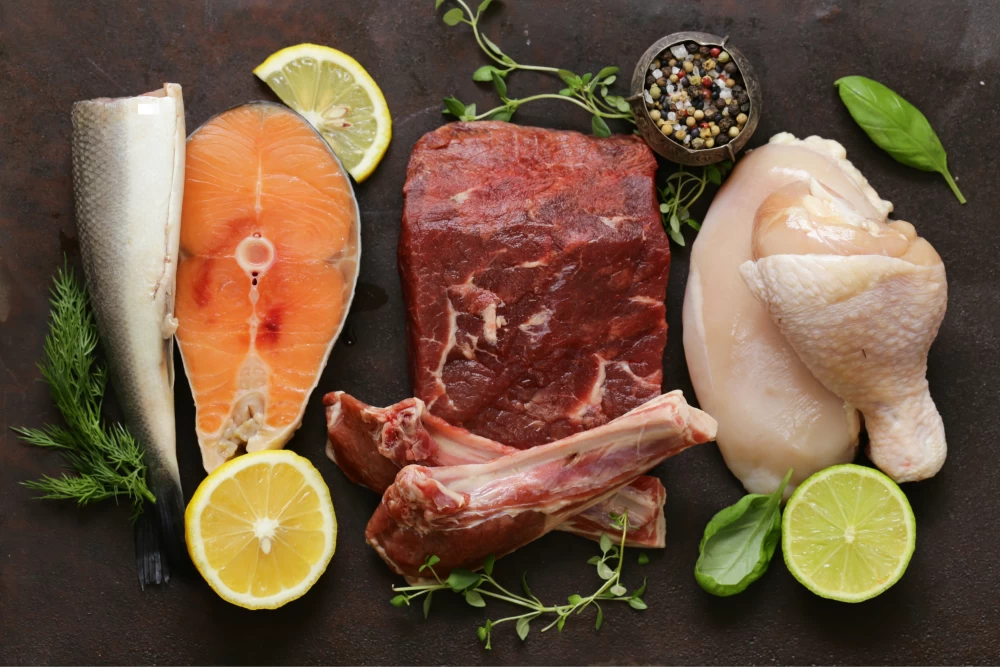
Why they help?
Fish and chicken are lean protein sources with low unhealthy fat content. Fatty fish (like salmon, mackerel, and sardines) are rich in omega-3 fatty acids, which help in reducing inflammation and belly fat. Chicken breast is low in calories but high in protein, making it ideal for fat loss.
Best ways to prepare?
- Grilled or Tandoori: Tandoori fish or chicken is a high-protein, low-fat dish.
- Light curries: Cook in minimal oil with turmeric and spices for extra health benefits.
- Homemade Chicken Soup: A protein-rich meal that also boosts immunity.
6. Nuts & Seeds (Almonds, Walnuts, Flaxseeds, Chia, Pumpkin Seeds)
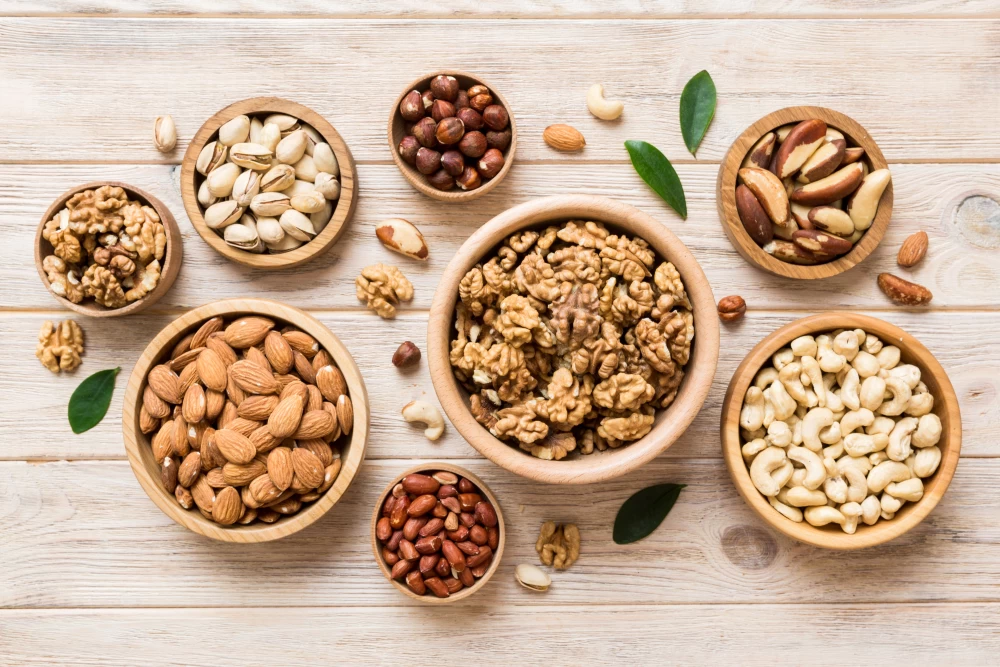
Why they help?
These are rich in protein, fiber, and healthy fats, which aid in fat metabolism. Omega-3 fatty acids in walnuts and flaxseeds help reduce inflammation and visceral fat storage.
How to include them?
- Smoothies: Add a handful for an energy boost.
- Overnight oats: Soak with yogurt for a high-protein breakfast.
- Snacks: A handful of almonds or walnuts as a mid-day snack.
- Laddoos: Combine seeds with jaggery for a healthy energy bite.
7. Sattu (Roasted Gram Flour)
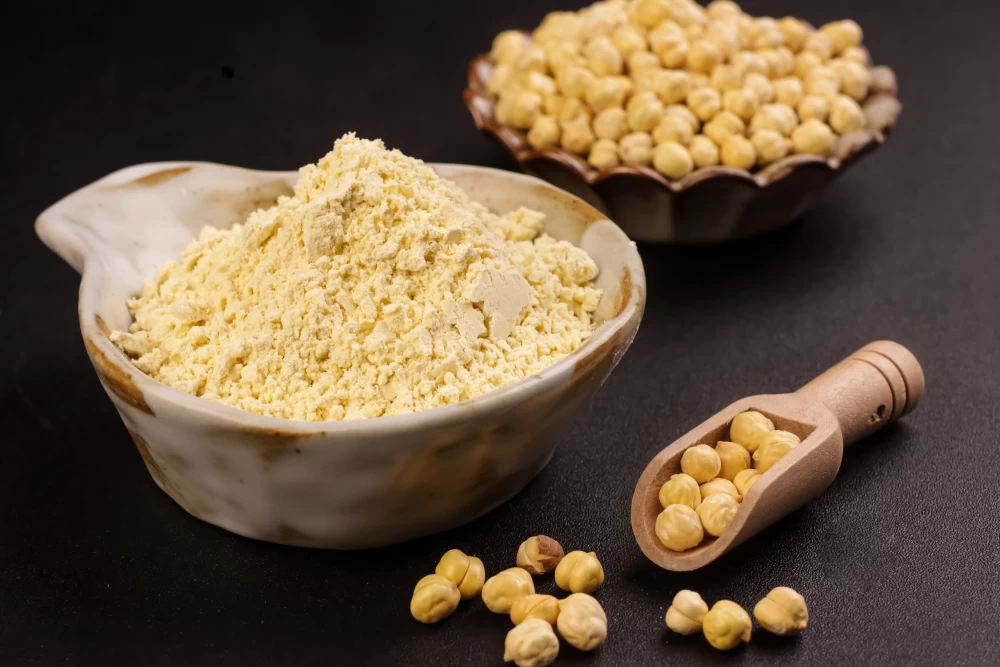
Why it helps?
Sattu is a desi superfood with high protein and fiber content, making it perfect for reducing visceral fat. It improves digestion and keeps blood sugar levels stable.
How to consume?
- Sattu Drink: Mix with water, lemon, and salt for a refreshing protein boost.
- Paratha stuffing: Use in rotis or parathas for a filling meal.
- Laddoos: Mix with jaggery and ghee for an energy-packed snack.
8. Sprouts & Fermented Foods (Idli, Dosa, Dhokla, Kimchi, Sauerkraut)
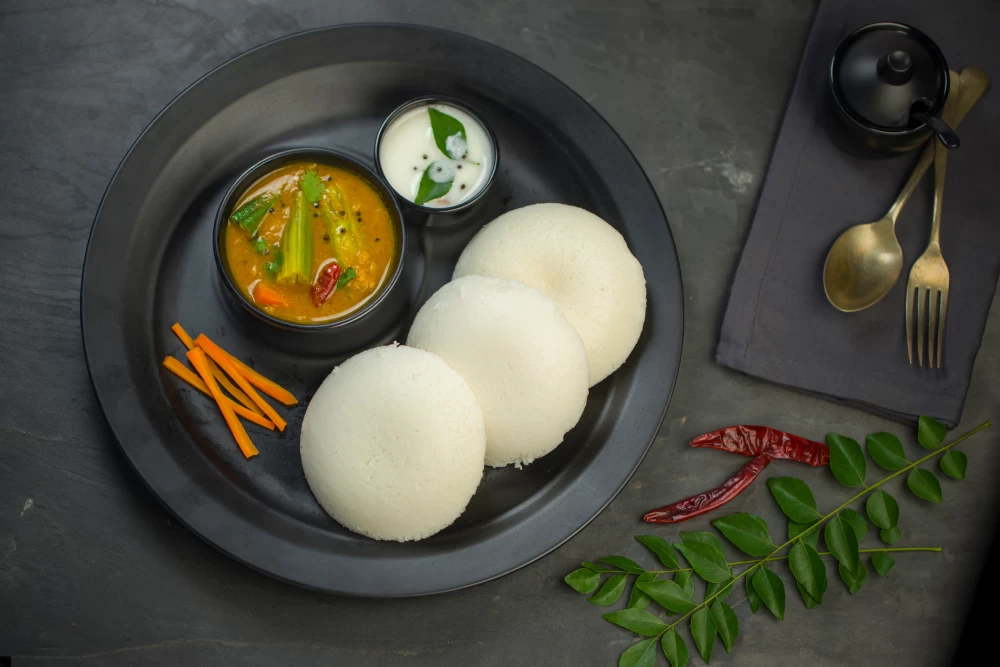
Why they help?
Sprouts are a low-calorie, high-protein food that aids in digestion. Fermented foods improve gut microbiome health, which is linked to better metabolism and fat loss.
How to consume?
- Sprout Salads: Toss with onions, tomatoes, and lemon for a nutritious meal.
- Chaats: Mix sprouts with spices and chutneys for a tasty snack.
- Idli/Dosa/Dhokla: These fermented foods promote gut health and provide protein.
9. Millets (Ragi, Bajra, Jowar, Quinoa)
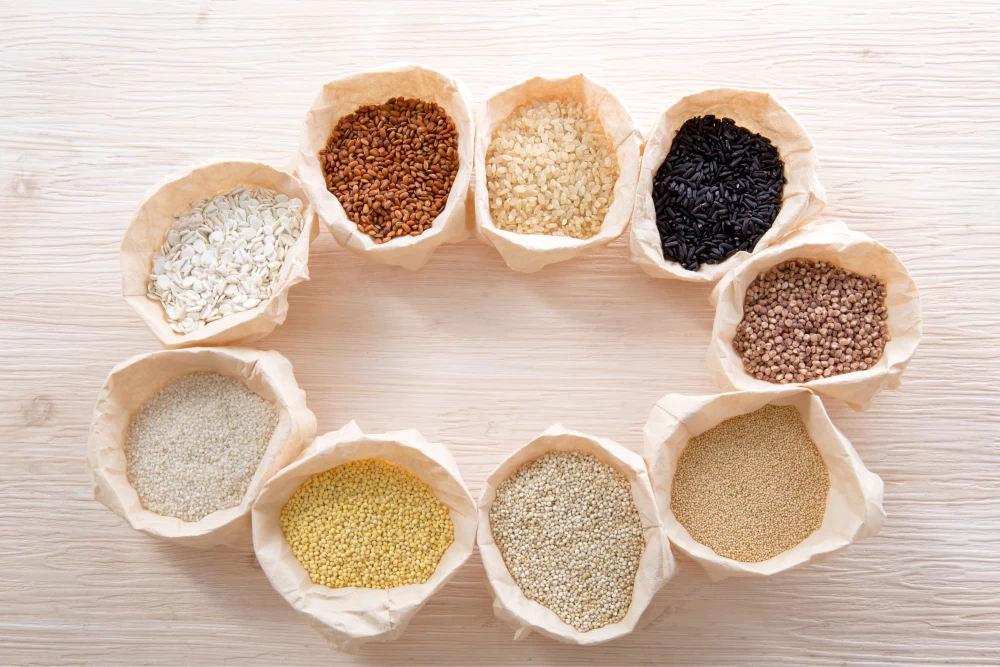
Why they help?
Millets are low in glycemic index, rich in protein and fiber, and help stabilize blood sugar levels—key factors in controlling visceral fat.
How to eat?
- Roti: Replace wheat roti with bajra or jowar roti.
- Porridge: Ragi porridge is an excellent breakfast option.
- Upma & Khichdi: Millets make for a filling and nutritious alternative to rice.
10. Whey Protein
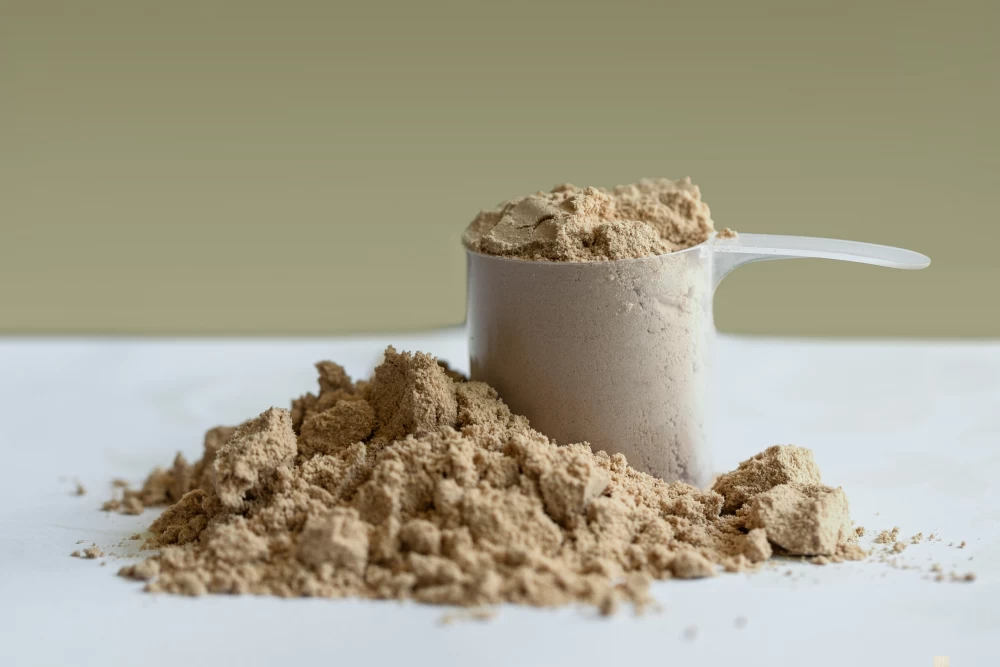
Why it helps?
Whey protein is a quick-digesting protein source that preserves muscle mass and accelerates fat loss. It is particularly beneficial for those who engage in strength training or workouts.
Best consumption methods?
- Protein shakes: Blend with milk, banana, and nuts for a nutritious meal.
- Smoothie bowls: A refreshing post-workout snack.
- Homemade protein bars: Mix with oats, nuts, and honey.
Reducing visceral fat requires a combination of high-protein foods, a balanced diet, and an active lifestyle. Whether you're vegetarian or non-vegetarian, these dietitian-recommended protein sources can help you shed belly fat, improve metabolism, and maintain overall health.
Start adding these high-protein foods to your daily meals today and take a step toward a healthier and fitter you!
How to Incorporate These Proteins into Your Daily Diet?
A high-protein diet can significantly help in reducing visceral fat (the harmful fat stored around your organs). But the key is not just knowing the right protein sources—it’s also about learning how to include them effectively in your daily meals. Let’s break it down step by step.
1. Protein-Rich Meal Ideas for Breakfast, Lunch, and Dinner
Here’s how you can structure your meals to include protein sources throughout the day:
Breakfast
- Sprouted Moong Chilla with curd
- Oats and Greek Yogurt Bowl with seeds & nuts
- Egg Bhurji with Multigrain Toast
- Ragi Dosa with Sambar (fermented + lentil protein combo)
- Sattu Drink with jaggery and lemon
Lunch
- Dal Khichdi with Curd (lentils + rice + probiotics)
- Grilled Paneer or Tofu Salad with veggies and seeds
- Rajma/Chana with Brown Rice (great plant-based protein combo)
- Bajra Roti with Palak Paneer
- Grilled Fish or Chicken with Stir-Fried Veggies
Dinner
- Millet Khichdi with dal and veggies
- Soup with Sprouts and Paneer
- Egg Curry with Roti
- Steamed Fish with sautéed greens
- Greek Yogurt-based dips with vegetable sticks
2. Simple Swaps: Replace High-Carb Foods with Protein-Rich Alternatives
Instead of cutting carbs completely, balance your plate by replacing high-carb foods with protein-rich options:
White Rice ➝ Brown Rice / Quinoa / Millets
Regular Roti ➝ Besan / Bajra / Ragi Roti
Cornflakes & Sugary Cereals ➝ Oats / Greek Yogurt with Nuts
Fried Snacks ➝ Roasted Chana / Sprouts Chaat
Sugary Smoothies ➝ Protein Shakes with Fruits & Seeds
3. Best Cooking Methods for Fat Loss
Even the right protein foods can become unhealthy if cooked in excessive oil or deep-fried. To maximize fat loss and retain nutrition, try these cooking techniques:
- Steamed: Idli, Dhokla, Veggies with Sprouts
- Grilled: Paneer Tikka, Fish, Chicken, Tofu
- Baked: Protein bars, Chickpeas, Sweet Potatoes
- Boiled: Eggs, Dal-based Soups, Sprouts
By following a balanced, protein-rich diet, along with an active lifestyle, you can effectively reduce visceral fat and improve overall health.
Additional Tips to Reduce Visceral Fat
While increasing protein intake is key to reducing visceral fat, you also need to focus on other lifestyle factors. Simply adding protein-rich foods won’t work if your overall diet and habits are unhealthy. Here are some additional science-backed strategies to accelerate visceral fat loss:
1. Avoid Refined Carbs and Sugar
Refined carbohydrates and added sugars are the biggest culprits behind visceral fat storage. They cause rapid spikes in blood sugar and insulin, leading to fat accumulation around the abdomen.
Common high-carb & sugary foods to avoid:
- White rice, maida-based rotis, naan, white bread
- Sugary drinks, sodas, packaged juices
- Biscuits, cakes, and sweets
- Fried snacks like samosas, namkeen, and chips
Healthier swaps:
- Replace white rice with brown rice, quinoa, or millets
- Choose whole wheat, ragi, or besan roti instead of maida roti
- Opt for fresh fruit over fruit juices
- Satisfy sweet cravings with dark chocolate, dates, or homemade jaggery sweets
2. Maintain Portion Control
Even healthy foods can lead to weight gain if you eat too much. Visceral fat loss is not just about what you eat but also how much you eat.
Practical portion control tips:
- Use smaller plates to naturally reduce portion sizes
- Fill half your plate with veggies, ¼ with protein, and ¼ with carbs
- Eat slowly and mindfully to prevent overeating
- Stop eating when 80% full instead of stuffing yourself
3. Stay Physically Active
Exercise plays a crucial role in burning stored visceral fat. A mix of strength training, yoga, and daily movement is the most effective way to reduce belly fat.
Best exercises for visceral fat loss:
- Strength training (3-4 times per week): Helps build muscle and increase metabolism
- Walking (8,000-10,000 steps/day): Simple yet powerful for fat loss
- Yoga & Pilates: Reduces stress, strengthens the core, and improves digestion
- HIIT (High-Intensity Interval Training): Burns fat faster than steady-state cardio
Bonus tip: Avoid long sitting hours! Stand up and move every 30-45 minutes to keep your metabolism active.
4. Stay Hydrated and Sleep Well
Many people ignore hydration and sleep, but both are critical for visceral fat reduction.
Hydration Tips:
- Drink 2-3 liters of water daily to flush out toxins
- Start your day with warm water + lemon or jeera water for better digestion
- Include hydrating foods like cucumbers, watermelon, and coconut water
Sleep & Stress Management:
- Aim for 7-8 hours of quality sleep to balance hunger hormones
- Reduce stress through meditation, yoga, or deep breathing exercises
- Avoid late-night snacking, which can spike insulin levels
By combining protein-rich foods with these lifestyle changes, you can effectively reduce visceral fat, improve metabolism, and achieve long-term health benefits!
